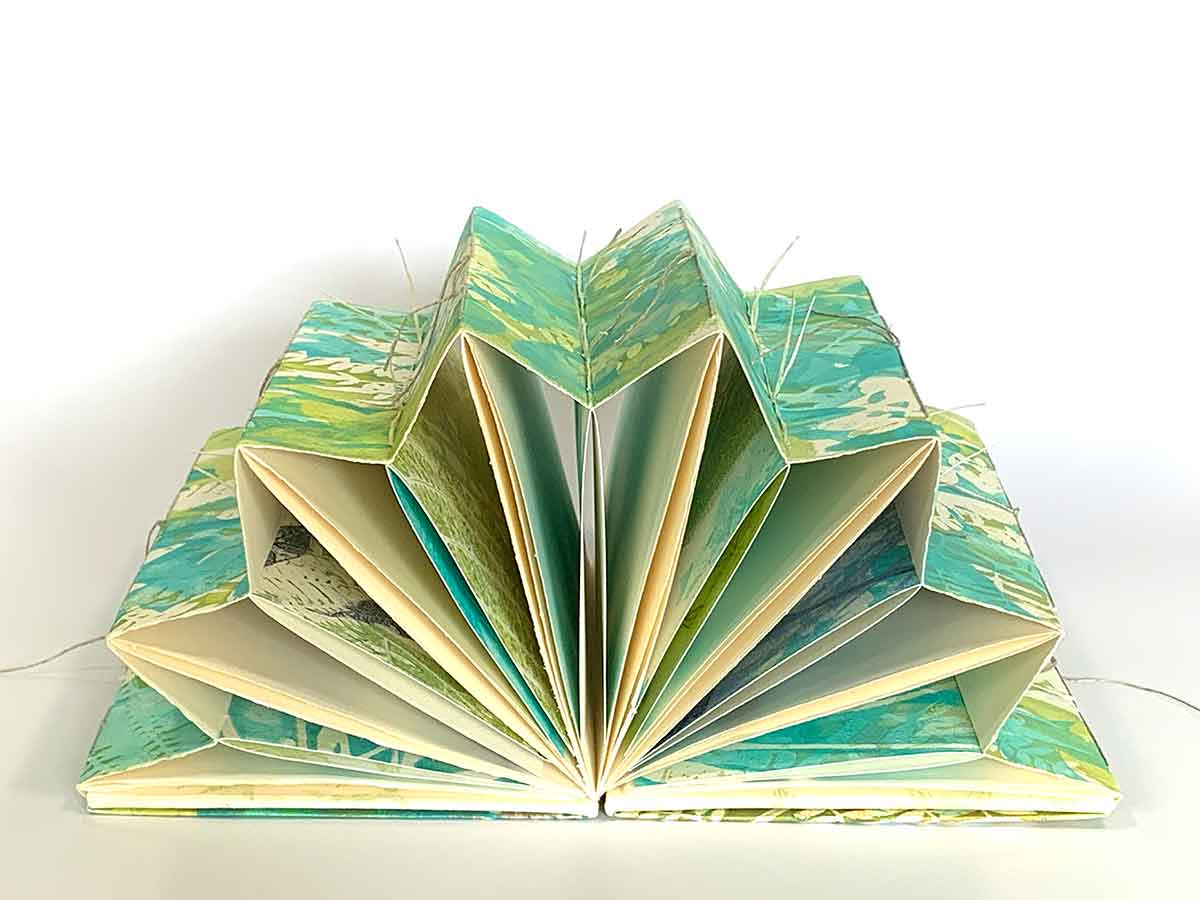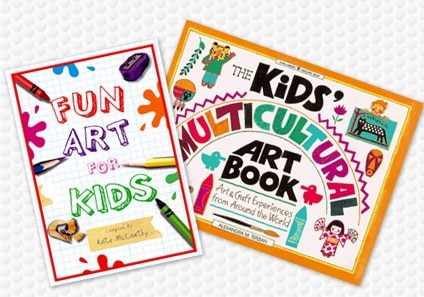The Artist’s Guide to Publishing a High-Quality art book
Comprehending the Process Behind Top Notch Art Book Printing for Art Lovers
When it involves high-quality art book printing, understanding the intricacies of the procedure can raise your gratitude for the end product. You might not realize exactly how important paper selection and ink choices are to the vibrancy of art work. Each component plays a significant duty in attaining the preferred effect. As you explore the numerous components of art book printing, you'll reveal insights that might change your point of view on art conservation and presentation.
The Significance of Paper Choice in Art Book Printing
When it involves art book printing, the choice of paper can make or break the last item. You want your artwork to radiate, and the appropriate paper enhances color vibrancy and detail. Take into consideration factors like weight, texture, and surface; these components considerably impact exactly how visitors regard your work.
As an example, a much heavier supply shares top quality and durability, while a textured finish can add deepness to pictures. Smooth paper is excellent for comprehensive reproductions, enabling fine lines and subtle shades to appear crisp.
Don't forget the paper's illumination; a brighter sheet can help colors pop, making your art much more distinctive. You'll additionally desire to think of how the paper communicates with inks and whether it can manage the printing procedure without buckling or bleed-through. Eventually, choosing the best paper sets the stage for your art, guaranteeing it records the target market's attention equally as you imagined.
Selecting the Right Inks for Dynamic Reproductions
Choosing the appropriate inks is simply as vital as choosing high quality paper to achieve vibrant recreations in your art book. When you're publishing artwork, you want shades that stand out and accurately stand for the initial piece. Select inks with a high pigment focus; these have a tendency to create richer and more saturated shades.
You might take into consideration utilizing historical inks, which withstand fading in time, guaranteeing your art book stays as striking as the day it was printed. If you're working with photographs or electronically created art, pigment-based inks can supply a wider shade gamut, improving detail and depth.
Do not forget the surface! Matte and shiny inks can considerably alter the look of your art work, so consider the look you're intending to achieve - art book. Eventually, the right ink option complements your paper choice, developing a magnificent aesthetic experience for your readers
The Function of Shade Management in Print Quality
Shade management plays a necessary role in achieving high print high quality for your art book. It assures that the colors you see on your screen equate properly to the printed page. Without efficient shade management, your dynamic art work might show up dull or distorted, weakening your imaginative vision.
Next off, utilize shade accounts customized for your printer and paper kind. These accounts lead the printer in recreating colors accurately, decreasing discrepancies between digital and printed versions.
When you prepare your files, think about utilizing a color area like Adobe RGB or CMYK, relying on your printer's requirements. Constantly evidence your job, as well; a test print can reveal any potential shade concerns prior to the last run. By focusing on shade administration, you protect the integrity of your art, guaranteeing your audience experiences it as you meant.

Understanding Various Binding Methods
Accomplishing the ideal try to find your art book surpasses shade administration; binding methods also play a substantial role in its general discussion and durability. You have numerous choices to examine, each with its very own one-of-a-kind qualities.
If you're aiming for an expert feel, situation binding offers a strong option with a difficult cover, best for showcasing your art work. On the various other hand, ideal binding gives a versatile back while keeping expenses down, making it a popular option for softcover publications.
Spiral binding allows your art book to lay flat, which is great for showing photos without blockage. Saddle sewing is perfect for smaller sized pamphlets, giving a clean surface without the mass.
Inevitably, the binding method you pick should show your creative vision and just how you desire readers to engage with your work. Make certain to consider these alternatives thoroughly to accomplish the ideal end result for your task.
The Impact of Print Size and Design on Presentation
While the option of print dimension and format might appear second to web content, they greatly influence how your artwork is viewed. The dimensions of your prints can either improve or reduce the impact of your pieces. Larger prints can attract viewers in, allowing them to appreciate intricate details, while smaller formats might need more intimate involvement.

Preservation Strategies for Resilient Art Books
To ensure your art books stand the examination of time, it's necessary to execute reliable conservation techniques. Begin by storing them in a cool, Clicking Here completely dry atmosphere, away from straight sunlight and humidity. This prevents fading and bending, keeping your pages undamaged. Use acid-free storage space boxes or protective sleeves to secure them from dust and physical damages.
When handling your books, always wash your hands or wear cotton handwear covers to prevent oils and dust transferring onto the pages. Stay clear of bending or wrinkling the spines; instead, make use of book supports when showing them.
For included protection, think about purchasing archival-quality materials for any type of fixings or enhancements. Regularly inspect your collection for indicators of wear or damages, dealing with problems without delay. By following these basic approaches, you can guarantee your art books stay vivid and accessible for years to find, protecting their elegance and worth for future generations.
Collaborating With Printers for Optimal Results
When you prepare to print your art book, selecting the ideal printer is vital to achieving your vision. Clear communication about your expectations and needs will help guarantee that both you and the printer are on the same page. Allow's explore just how to make this collaboration as smooth and effective as feasible.
Choosing the Right Printer

Effective Interaction Approaches
Effective interaction is crucial for turning your art book vision into fact, specifically when collaborating with printers. art book. Begin by plainly detailing your project's goals, including style components, recommended materials, and any certain printing strategies. Do not hesitate to share your inspirations and recommendations; this assists the printer recognize your visual
Establish up regular check-ins to discuss development and attend to any type of inquiries. Usage visuals, like mock-ups or examples, to share your concepts better. Be open to feedback, as printers typically have useful understandings that can improve your job. Keep a favorable connection by being considerate and pleased of their competence. This partnership will guarantee that your art book meets your expectations and beams in its last type.
Regularly Asked Concerns
What Prevail Mistakes to Stay Clear Of in Art Book Printing?
When publishing your art book, prevent common blunders like poor resolution images, wrong color accounts, and neglecting web page design. Don't neglect to check and confirm information to validate your final item fulfills your expectations.
Just How Does Digital Printing Differ From Typical Printing Techniques?
Digital printing uses electronic files to develop prints directly, enabling quicker turn-around and customization. In comparison, typical techniques involve physical plates, which can be lengthy and less versatile for small runs or special designs.
What Is the Regular Turnaround Time for Art Book Printing?
The regular turnaround time for art book printing varies, but you can anticipate it to take anywhere from a couple of weeks to a number click for more info of months. Variables like complexity, amount, and printing method all affect this timeline.
Can I Publish a Restricted Version Art Book Economically?
You can publish a minimal edition art book financially by selecting economical materials, enhancing print runs, and making use of digital printing alternatives. Careful planning and budgeting will certainly aid you accomplish high quality without overspending.
What Are the Environmental Factors To Consider in Art Book Printing?
When considering art book printing, you must assume about green materials, sustainable inks, and energy-efficient processes (art book). Picking neighborhood straight from the source printers can also decrease your carbon impact, making your task both gorgeous and ecologically liable